Getting to know our partners: Kasetsart University in Thailand
We talked with our partners at Kasetsart University about the role of Higher Education Institutions in the society and the understanding of social innovation in Thailand.
1. In your perspective, what kind of role should universities (HEIs) play in the society? What is HEI’s role supporting social innovation?
The role the universities should play in the society involves building up the professional and other related knowledge for the graduates empowering them to positively fulfil their careers and other responsibilities in the society, researching in order to give innovative answer to problems in society and to strengthening the body of knowledge, and conducting academic services in order to share knowledge and knowhow with the community and society.
HEI’s role in supporting social innovation are:
- Teaching aspect: Social innovation should be integrated in various subjects under the universities’ curricula. Both in the courses and in other extra curricula activities, students should be encouraged to engage in problem- and community- based activities leading up to the understanding of societal problems and the effort to offer new innovation to manage or lesson such problems
- Research and academic services aspects: Some of the research results and academic services conducting by the universities’ staff and/or students are geared to answer societal problems in an innovative manner. In Kasetsart University case, we can see, for instance, a team of lecturers of Faculty of Engineering solved the problem of bad smell on the pig farm by turning the rotten gas into cooking gas. Another team of Faculty of Humanities created an English practicing program widening up English skill improvement possibilities for the public. Moreover, universities themselves can also encourage their staff’s researches and academic services in the direction of creating social innovation through the universities research and academic service policy and funding. In the case of Kasersart University, we can see, for instance, Faculty of Social Science distributes the faculty research fund under the main theme of social innovation.
2. What does social innovation look like in your country? What is it’s potential?
Social innovation projects in Thailand can be classified into 3 types according to different types of organizations that operate them.
- Social innovation projects operated by private sector or social entrepreneur. Social enterprises have gained more and more popularity in Thailand. A large number of social innovation cases operated by social enterprises in Thailand have increased income and job opportunities of local people in different parts of the country. These include, for instance, social enterprises producing homemade, low-calorie ice cream, whose employees are mainly the disadvantaged.
- Social innovations run by NGOs and/or governmental development agencies. Social innovation projects of this type mostly involve with development of a ground breaking way to manage and/or lessen social problems of the involving organizations’ interest. The examples of this type of social innovation include, for instance, the management of building for the disadvantaged in urban area based on land-sharing concept instead of governmental housing concept, and the project involving with finding a new method for a balance time allocation for the modern breast-feeding, working mom.
- Social innovation projects managed by higher education institutes’ staff. Social innovation of this type stems mostly from personal interest and academic expertise of lecturers and students. Some examples include Kasetsart University Faculty of Architecture project of special room design for the elderly in nursing home, and Kasetsart University Faculty of Social Science project of biomass to energy and biochar production.
3. What do you hope to achieve out of SEASIN project?
It is quite clear that when SEASIN project ends, there will be solid results including operating SISUs in various higher education institutions, series of international conferences on social innovation in Southeast Asia, and a text book on the subject. However, what we think could be of even more important is that the project helps laying a foundation for closer cooperation between a group of higher education institutions in Southeast Asia and Europe, whose main interest and work involve with promoting social innovation in their surrounding community and society at large. With the way the project operates, it also encourages the establishment of closer network between each of the participating higher education institutions of the project and various partners in their surrounding community and society working in the same direction. Therefore, it is hoped that such cooperation and network will be deepened and widened in the future, based on which not only more and more social innovation in Southeast Asia will be promoted but also a steady development of the body of knowledge on the subject.
4. How can we collaborate better across the region?
We should strengthen and expand our network and cooperation founding with this project. Apart from continuous International Conference on Social Innovation in Southeast Asia, for instance, we should promote an international conference that links academia and practitioners interesting on social innovation from different regions of the world to continuously meet and share their knowledge and experiences. Continuous co-researching and co-writing of academic papers between partner universities in the project can also be another example of the way we can collaborate better across the region.
5. What are you most excited about for this project?
We feel that the project touches upon a great subject in terms of both academic and social reasons. We are also excited with a great energy of each participating partners in SEASIN project and our partners in the Thai society. And we hope for an ever closer cooperation between all the existing partners and the new comers in the future.
Find out more about Kasetsart University here.
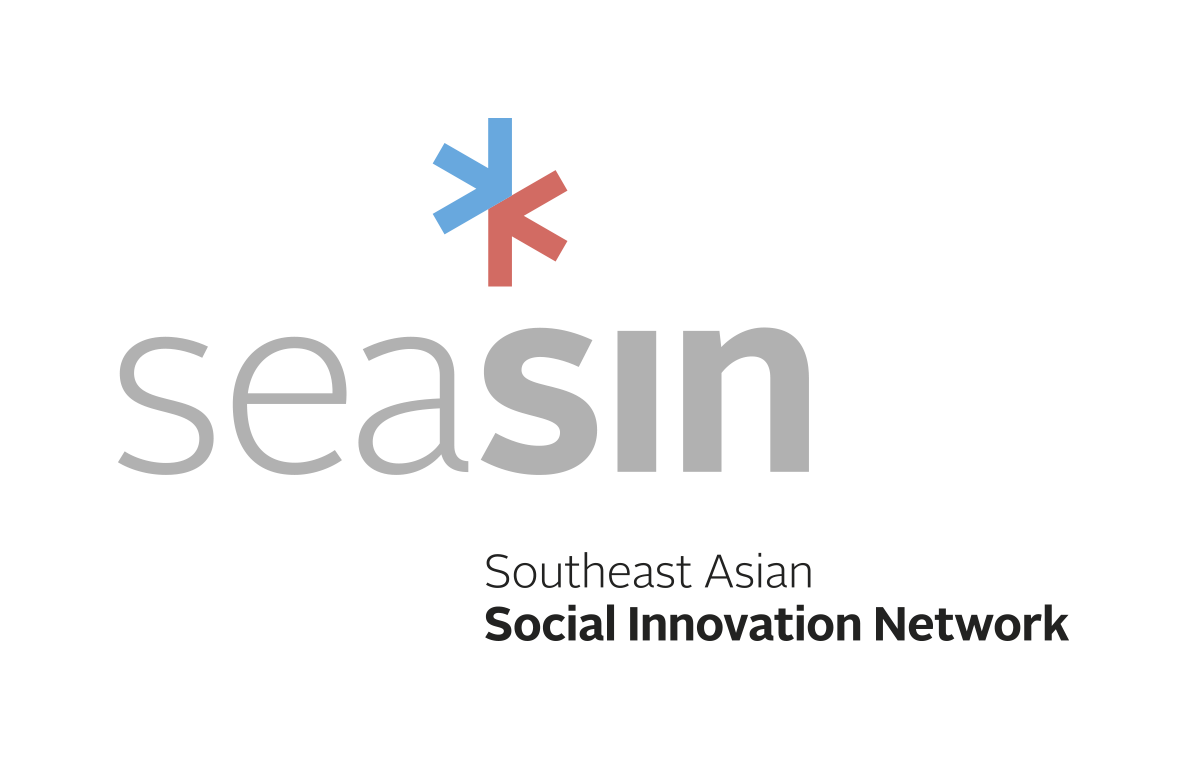
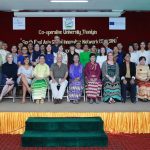
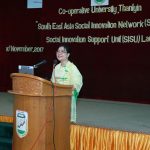

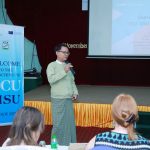
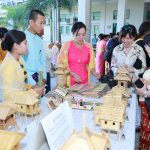
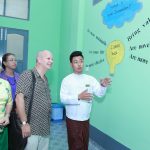
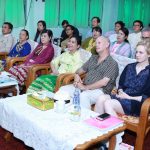
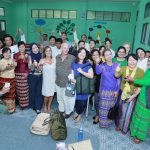
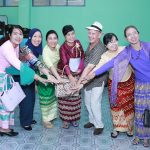
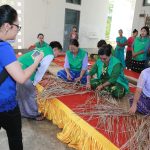
Recent Comments